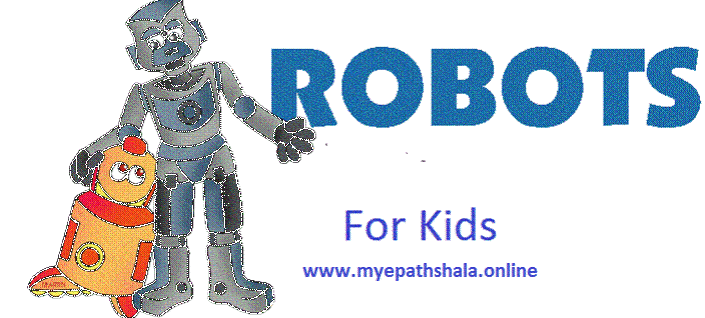The future of robotics

What does the future hold for robotics? It’s hard to say, given the rapid pace of change in the field as well as in associated areas such as machine learning and artificial intelligence. But one thing seems certain: Robots will play an increasingly important role in business and life in general.
In the era of globalization, the cost of using the labor is being reduced by the uses of robot
both at home and in factory. Robot has come as a solution of effective and error free labor
employed in the multiple alternative usages. Robot is alternative human with no emotion who can work better than man and has no fatigue. Robot is very popular in USA and Japan.
It is now taught in school education because conceptual knowledge is increased using its knowledge .
Decision making skills and ability to think out of box using mathematics, science and management is increased multifold. Now the country is getting serious on teaching robotics both at school and college level .the carrier opportunity is excellent. it is future . Yes robotics is the future in 21st century.
we have shared top predictions and major robotics trends that are set to present opportunities and challenges to organizations in 2017 and beyond:
- Growth of “robot as a service.” By 2019, 30 percent of commercial service robotic applications will be in the form of a robot-as-a-service (RaaS) business model. This will help cut costs for robot deployment.
- Emergence of the chief robotics officer. By 2019, 30 percent of leading organizations will implement a chief robotics officer role and/or define a robotics-specific function within the business.
- An evolving competitive landscape. By 2020, organizations will have a greater choice of vendors as new players enter the $80-billion information and communications technology market to support robotics deployment.
- The coming robotics talent crunch. By 2020, robotics growth will accelerate the talent race, leaving 35 percent of robotics-related jobs vacant, while the average salary increases by at least 60 percent.
- Robotics will face regulation. By 2019, government entities will begin implementing robotics-specific regulations to preserve jobs and to address concerns about security, safety, and privacy.
- Rise of the software-defined robots. By 2020, 60 percent of robots will depend on cloud-based software to define new skills, cognitive capabilities, and application programs, leading to the formation of a robotics cloud marketplace.
- More collaborative robots. By 2018, 30 percent of all new robotic deployments will be smart collaborative robots that operate three times faster than today’s robots and are safe for work around humans.
- Arrival of the Intelligent RoboNet. By 2020, 40 percent of commercial robots will become connected to a mesh of shared intelligence, resulting in 200 percent improvement in overall robotic operational efficiency.
- Growth in robots outside the factory. By 2019, 35 percent of leading organizations in logistics, health, utilities, and resources will explore the use of robots to automate operations.
- Robotics for Ecommerce. By 2018, 45 percent of the 200 leading global ecommerce and omni-channel commerce companies will deploy robotics systems in their order fulfillment warehousing and delivery operations
